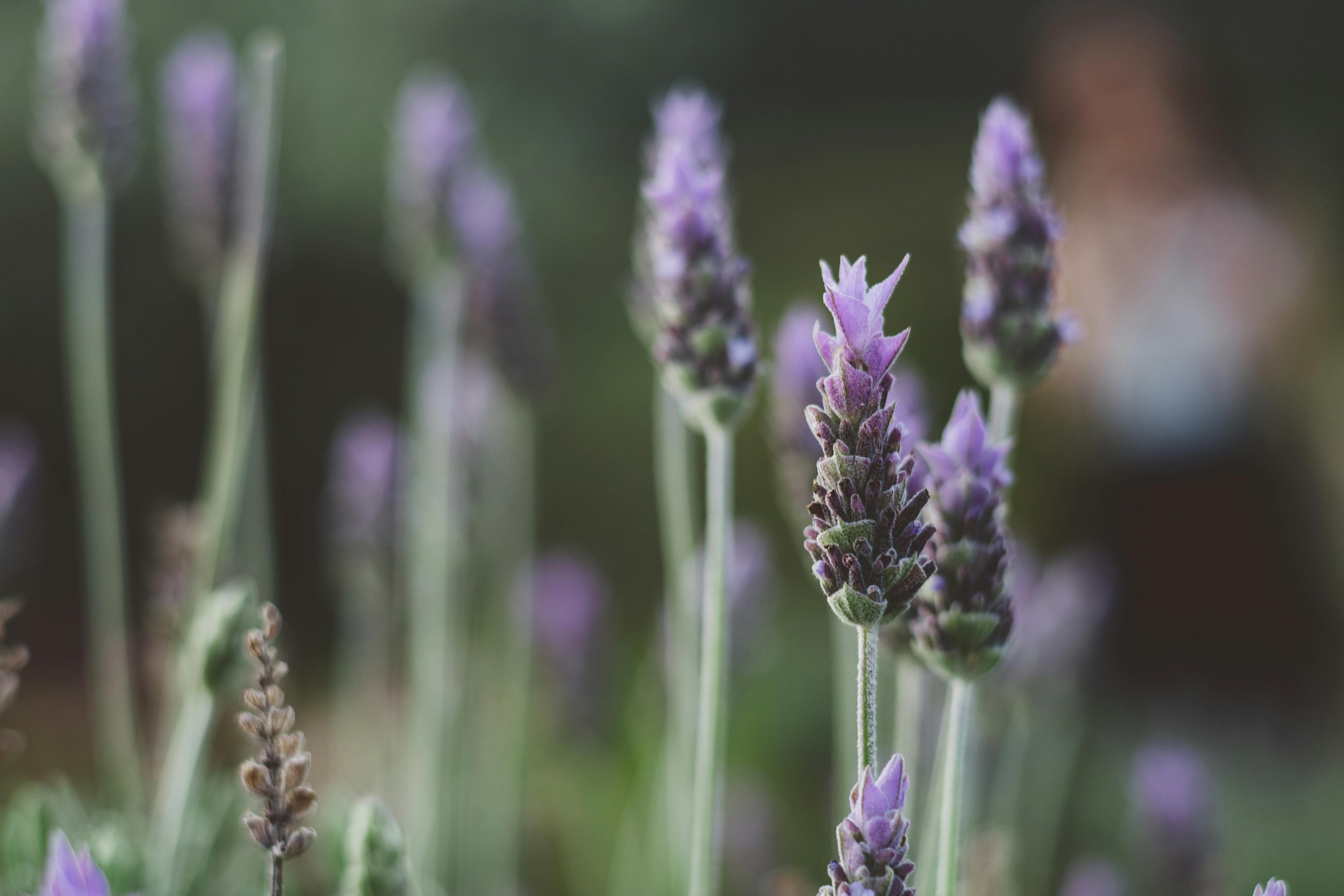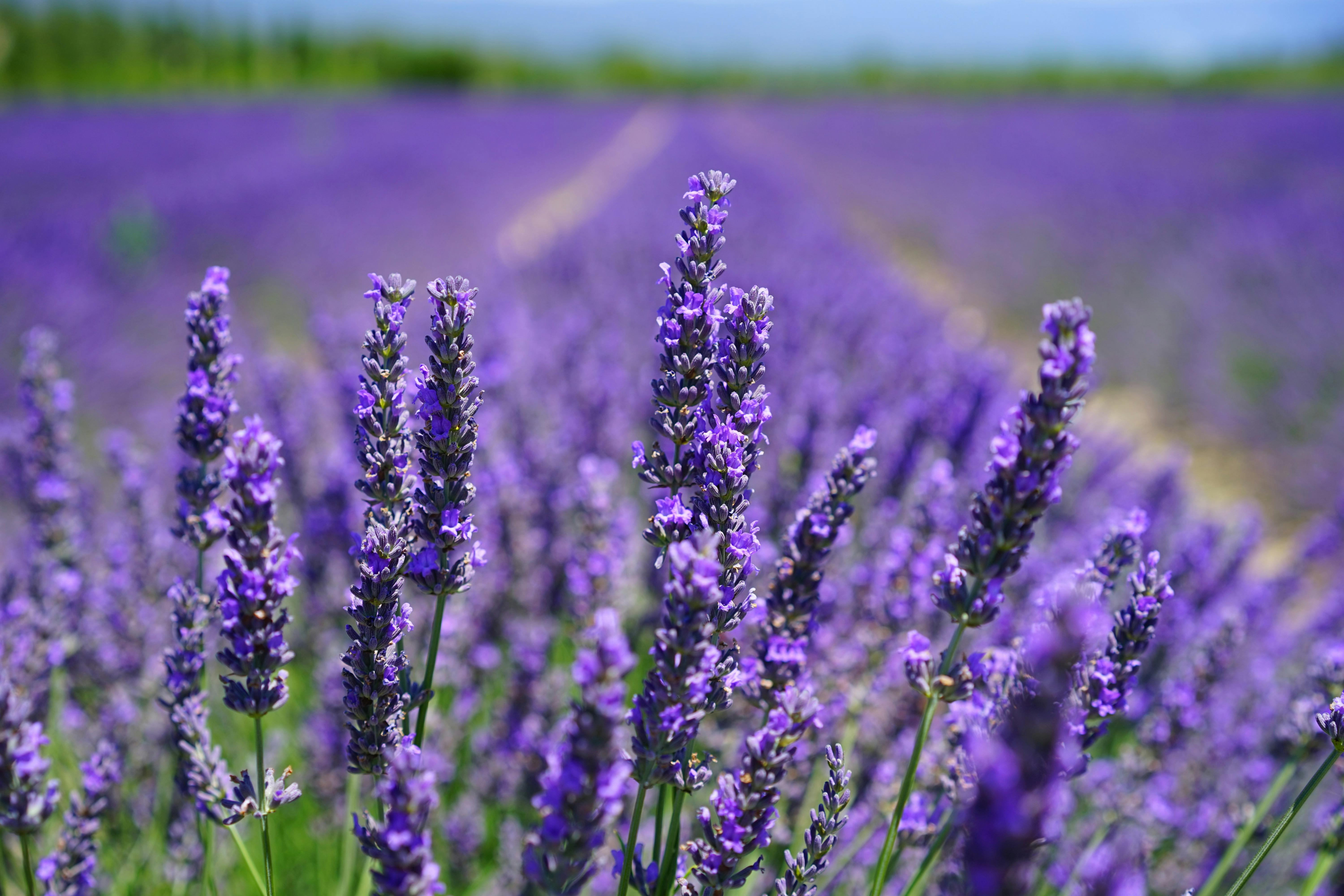Reasons for Lavender Plant Not Receiving Enough Sunlight
Lavender plants require a minimum of six hours of direct sunlight every day to grow and thrive. If they do not get enough sun, they may become weak and produce fewer blooms. The most common reasons why lavender plants don’t receive enough sunlight are lack of access or exposure to the sun, shading from other plants, and competing for resources with other plants in the garden.
When it comes to sunlight access, if the lavender plant is planted in an area that does not get direct sun for at least six hours per day, then it will not be able to photosynthesize properly and will struggle to grow. This could be due to a lack of available space or it could be because of tall buildings that block out the sun’s rays.
Shading from other plants can also cause a lavender plant to not receive enough light. If there are trees or shrubs that are taller than the lavender plant, then they can cast shadows over it and reduce its access to sunlight. This can be especially problematic if these taller plants are evergreen trees that do not lose their leaves in winter when the days are shorter.
Finally, if there are too many other plants around the lavender plant vying for sunlight, then this can reduce its chances of getting enough light as well. This is especially true if these competing plants are taller than the lavender plant and so cast more shade over it.
In order to ensure that your lavender plant gets enough sunlight, you should make sure that you have enough space so that it can get direct sunlight for at least six hours per day without any obstruction from trees or buildings. You should also make sure that there aren’t any competing plants nearby which could be shading your lavender plant out or taking up valuable resources such as water and nutrients which could lead to poor growth and fewer blooms.
Reasons for Lavender Plant Receiving Too Much Sunlight
Lavender plants require a lot of sunlight to grow and bloom, however, too much can be detrimental to their health. Prolonged exposure to intense sunlight can cause leaves to become scorched, resulting in leaf curling and browning. Additionally, too much sunlight can cause the lavender plant’s roots to dry out leading to wilting or death. To avoid these issues, it is important to keep your lavender plant in a location that receives full sun but not too much sun.
When choosing a location for your lavender plant, make sure it does not receive direct sunlight during the hottest part of the day. Being in direct sunlight for extended periods of time can cause extreme heat stress on the plant resulting in burned leaves or wilting. Instead, pick a spot where your lavender plant will receive morning or evening sun, but will get some shade during the hottest part of the day.
If you live in an area with strong midday sun, it is best to provide some sort of shade for your lavender plant. This could be done by planting taller surrounding plants or building a shade structure over your lavender patch. Additionally, when choosing a location for your lavender plant make sure that it is not located near any reflective surfaces such as glass windows or metal fences as these surfaces will amplify the intensity of the sun’s rays.
Finally, if you have an area that gets full sun all day long try putting up shade cloth over your lavender plants during the hottest part of the day. This will filter out some of the intense sunlight while still allowing enough light for healthy growth and blooming.
By taking these precautions when selecting a spot for your lavender plants you can ensure that they are receiving just enough sunlight without getting overexposed and damaged by too much heat and light.
Poor Watering Practices
Watering a lavender plant is essential for its health and growth as it is a drought-tolerant plant. Poor watering practices can lead to many issues, including dehydration, wilting, and even death. Too much water can also be harmful as it can cause root rot and other problems that can stunt the growth of the lavender plant. To prevent these issues, it is important to properly water your lavender plants. This means providing enough water to keep the soil evenly moist without overwatering or underwatering the plant. It is also important to remember to water your lavender plants in the morning when temperatures are cooler and there is less chance of evaporation.
When watering your lavender plants, be sure to use a light stream of water. Overwatering will cause the roots of the plant to sit in soggy soil for too long which will eventually lead to root rot. It’s also important not to oversaturate the soil with too much water as this will not allow for proper drainage and will suffocate the roots of your lavender plants. The best way to ensure that you’re providing your lavender plants with enough moisture is by using a moisture meter or checking the soil with your finger before watering each time.

How to Improve Soil Quality for Lavender Plants
Healthy soil is essential for lavender plants to thrive and produce beautiful flowers. To improve soil quality, start by identifying the type of soil your lavender plants are planted in. Depending on the type of soil, different amendments may be necessary so that lavender plants have the right balance of nutrients and moisture.
If you have sandy soil, you will need to amend it with organic matter such as compost or manure. This will help add structure and nutrients to the soil, allowing it to retain more moisture for the plants. In addition, adding a layer of mulch around your lavender plants can help keep moisture in and weeds out.
Clay soils can also benefit from organic matter but should also be amended with sand or perlite to help break up the clay particles and make it easier for water and air to penetrate the soil. Additionally, avoid compacting clay soils when working around your lavender plants since this can reduce drainage and air circulation.
For loamy soils, adding organic matter is still beneficial but may not be necessary if there are already sufficient amounts of organic material present in the soil. Loamy soils are usually well-structured with good drainage, so no further amending is typically needed beyond adding a layer of mulch around your lavender plants as mentioned earlier.
Finally, regardless of what type of soil your lavender plants are planted in, be sure to check their pH levels periodically throughout the growing season. Lavender prefers a slightly acidic pH level between 6 and 7 so you may need to add sulfur or lime if necessary. With some attention to soil quality, you can ensure that your lavender plants stay healthy and produce gorgeous flowers.
Signs of Overwatering a Lavender Plant
When you overwater your lavender plant, the first signs that you might notice is wilting of the leaves. This wilting will look like the leaves are drooping and losing their shape, color, and vibrancy. You might also notice that the soil has become soggy and wet, making it difficult for your lavender plant to absorb the water properly. The roots of your lavender plant may be drowned in water which can cause them to rot and die. If left unchecked, your lavender plant might develop root rot which is a serious fungal infection that can kill your entire plant if not treated immediately.
Signs of Underwatering a Lavender Plant
When you underwater your lavender plant, the first signs that you might notice is wilting of the leaves or dry and crisp foliage. The leaves may also begin to turn yellow or brown due to lack of moisture. If left unchecked, you may also notice that the stems become brittle and weak due to dehydration. In extreme cases, your lavender plants may even begin to shed their leaves or buds in an effort to conserve water. Also, if you do not water your lavender plants regularly enough then it won’t get enough nutrients from the soil which will cause its growth to slow down or stop completely.

Conclusion
It is important to consider all possible causes when diagnosing why your lavender plant is dying. It may be due to over-watering, under-watering, lack of sunlight, or an infestation of pests. In any case, keeping an eye on the plant’s environment and health will help you identify the root cause and take appropriate action. If you are unable to identify the source of the problem, then it may be useful to seek professional advice from a certified horticulturist or plant specialist.
In summary, there are many potential reasons why your lavender plant is dying. Knowing about its growing conditions and being aware of any changes in its environment can help you determine what might be causing the issue and take corrective measures as soon as possible. With a little bit of effort and attention, you can ensure that your beloved lavender continues to thrive for many years to come.

